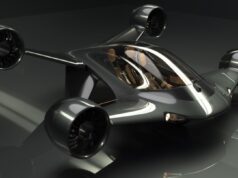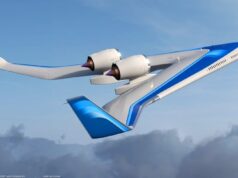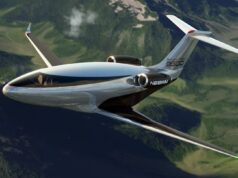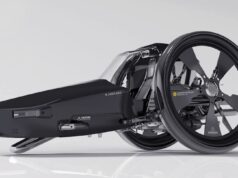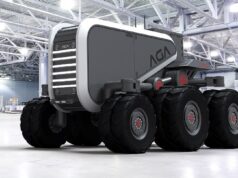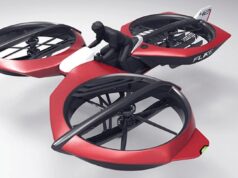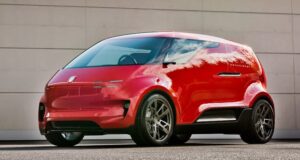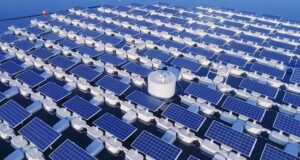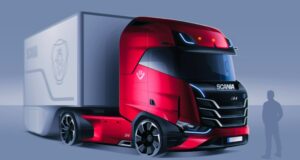Michal Bonikowski the designer of this electric plane, explains about the concept:A conceptual design about an electric plane that generates the energy needed to fly, and uses a small battery pack for takeoff and landing.Eather One proposes a notable departure from traditional aviation design.
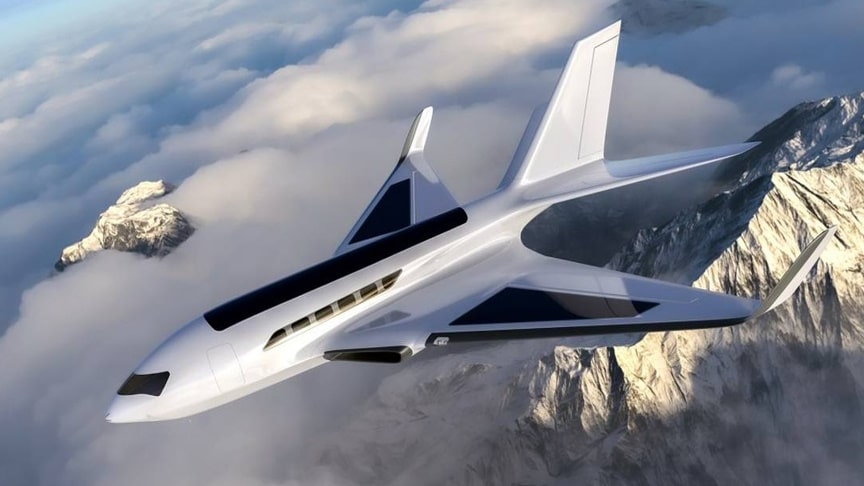
source-image: bonikowski
The Eather One looks like any other airplane but would be equipped with triboelectric nanogenerators in the wings to help harness external mechanical energy – the friction generated from vibrations in the airframe and bend of the wings. These nanogenerators then convert mechanical energy directly into electrical energy.
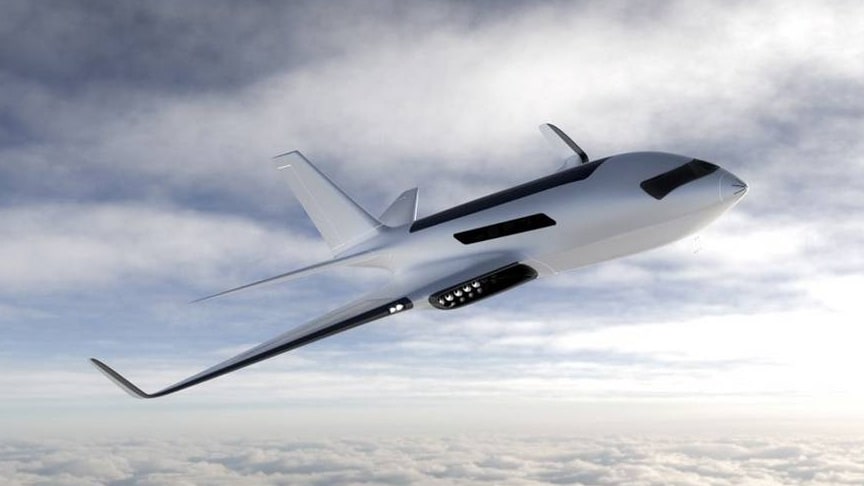
source-image: bonikowski
Replacing the typical large, fuel-guzzling engines and expansive fuel tanks is a network of twelve smaller electric motors. These motors allow for a more energy-efficient flight model. During the flight, only a fraction of these motors would be necessary to maintain cruising speed, thereby conserving energy.
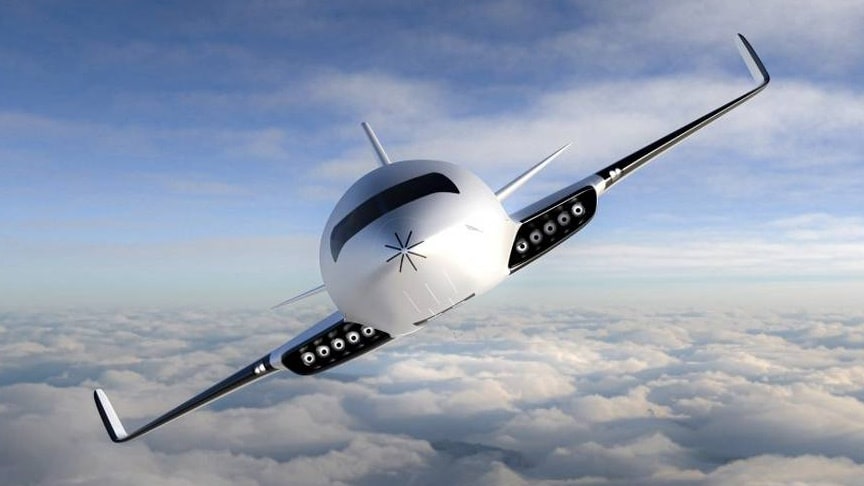
source-image: bonikowski
However, during take-off – when more lift power is required – all twelve motors could be employed. This balanced distribution of power, depending on the phase of the flight, leads to increased energy efficiency.In terms of power generation, the design introduces two parallel systems, both exploiting a fascinating element of physics – the conversion of mechanical energy into electricity.
Advertisement
The first system employs Triboelectric Nanogenerators (TENGs), a ground-breaking technology capable of transforming mechanical energy harvested from friction between dissimilar materials into electrical power.
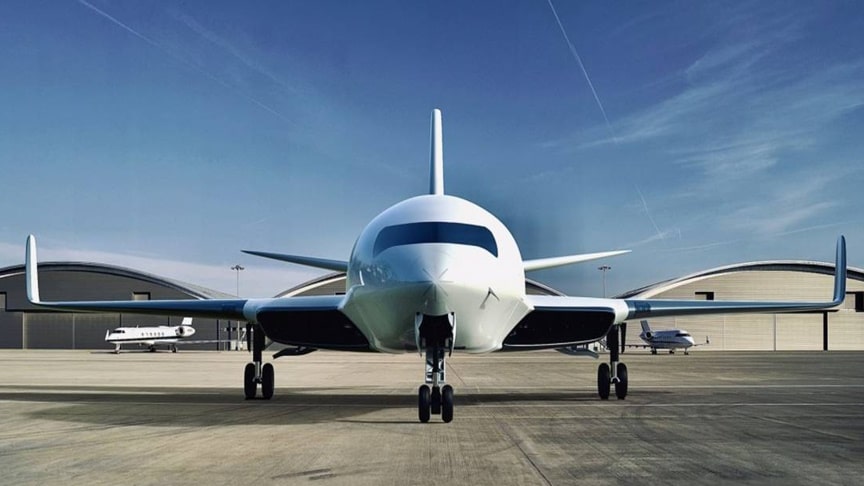
source-image: bonikowski
In an aviation context, this system capitalizes on the friction between the air and the aircraft’s surface during high-speed flight. Essentially, the more rapid the plane’s journey, the more electric charge is produced on its exterior, resulting in more energy generation.

